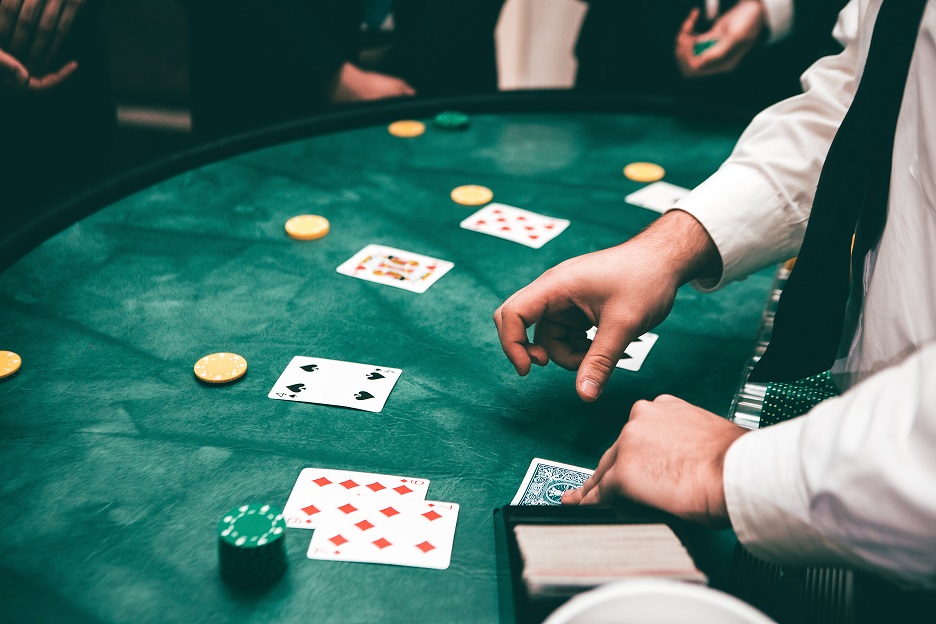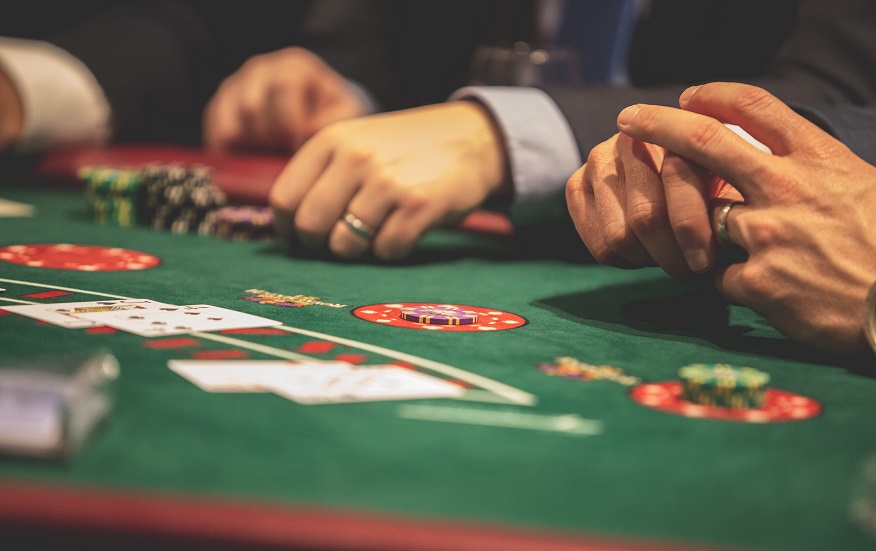
Blackjack is an incredibly popular card game both in physical casinos and on online websites. Despite luck playing a big role, there is some strategy to take into account as well, focusing mainly on understanding the odds and using them to make the right decisions. The chances of winning are affected by a couple of factors, including the number of decks in play – it’s essential to know how many decks can be used and how it influences the odds.
A brief overview of blackjack history and card counting
The history of blackjack goes as far back as the 16th century, when older variants of the game were played in Spain. Then named simply ‘twenty-one’, it quickly spread to other countries, including France and England. The rules have changed a lot since, but the core goal of the game remained the same: the objective is to beat the dealer by drawing cards with a value of 21 in the first draw (this exact situation is called ‘blackjack’ or a ‘natural’), with the possibility to also win by having cards with a higher value than the dealer.
An interesting aspect of blackjack is the fact that the players don’t compete directly with each other. The probability to win is directly tied to the values of cards drawn by both the dealer and the player in question, with some of the bettors utilizing strategies such as card counting to increase the odds. Counting cards works by keeping track of which cards have been dealt in order to make the best possible decision. This, in turn, can decrease the house edge, which is why such methods are generally frowned upon in casinos.
Both machine blackjack and live dealer blackjack have developed countermeasures to limit the use of card counting – one of them is shuffling the deck each time after dealing cards. This, however, can get pretty time-consuming and troublesome, especially with a larger number of players. An alternative way to curb card counting is introducing another decks – or, more often, several more decks.

How many decks are used in blackjack?
Although the traditional way to play blackjack uses only one deck, the use of card counting as described above has led casinos to use several decks of cards. The total number of decks is dependent on the approach of the specific casino, however, most places use between six and eight decks. This means that the total number of cards in play is between 312 and 416, which makes card counting, and similar methods much more difficult to perform.
What about the number of decks in online blackjack?
When it comes to machine blackjack and live dealer blackjack, casinos have to bear in mind the physical constraints of the game actually being played. Despite the fact that shuffling after each draw isn’t necessary, an excessive number of cards would make playing blackjack much harder. As a result, seeing more than eight decks is generally rare. It’s much different in online casinos, though – the software used for playing can handle a massive number of decks without much issue. Nevertheless, to keep the conditions the same for players, typically 6 to 8 decks are simulated, to replicate the odds provided in a physical casino game. It can vary by website, though – it’s worth it to check out the specifics of the online casino you want to use.
Infinite deck blackjack
In some cases, online casinos use an infinite deck in blackjack, which means that the number of decks in play is unlimited. From a player’s perspective, it’s essentially the same as the cards being shuffled after each draw – as such, you can’t use any methods like card counting. There are still some methods to make your chances of winning larger, which mostly focus on correctly interpreting the situation at the table and the odds of each hand.
How does the number of decks affect the odds in blackjack?
A major factor in developing a proper blackjack strategy is knowing and understanding the odds of all the various hands being dealt. Every hand in blackjack has a value, which is basically combining the value of the cards in hand. When deciding whether to take the next card, it’s vital to know which move would be more profitable – it all boils down to probability calculations and minimizing the house edge.
Using fewer decks is more profitable for the players – not only because of easier card counting, but because of also larger odds of drawing a winning hand, as well as figuring out what the next card’s value might be. It’s mostly visible when playing with a singular deck, where the house edge is just 0.17%. Just introducing a second deck makes the odds shift sharply, almost tripling the casino advantage, which stands now at 0.46%. Adding decks further has a diminishing impact on the odds, topping out at around 0.7%. The most common way to play blackjack, which is having 6 to 8 decks, implies a house edge of 0.64-0.66%. As a rule of thumb, the more decks there are in play, the more difficult it is to win. The differences are quite small when it comes to anything over two decks – finding a casino using only a single set of 52 cards is very, very rare, meaning that most places should offer roughly the same house edge.
